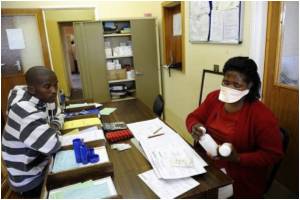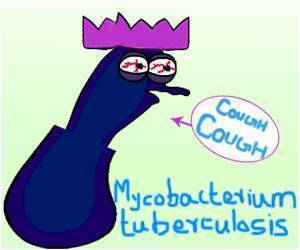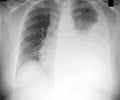Shorter tuberculosis treatment regimens will reduce the extra expenses incurred by both patients and their family members, who often act as the patients' guardians.

These conclusions come from an international alliance of researchers, led by the Liverpool School of Tropical Medicine (LSTM), who carried out a comparative study in Tanzania and Bangladesh looking at the out-of-pocket costs incurred by TB patients in both countries. These patients were taking the currently recommended six month TB treatment regimen. The outcomes of this study have been published in this month's International Journal of Tuberculosis and Lung Disease.
The main objective of the study was to quantify the potential savings of a 4 month regimen to patients. This is because a number of new drugs in the current development pipeline have the potential to shorten standard first-line TB therapy from 6 months to 4 months. When these drugs become available, national health programmes will have to make decisions about whether it is worth purchasing these drugs, so it is important to understand the potential benefits to patients.
Previous studies have looked at the cost of the currently available, effective treatment regimens for TB, none of which is shorter than 6 months, but have mainly focussed on the costs incurred by the health system, not the patient themselves. "This study goes even further", says Health Economist Elena Gospodarevskaya of LSTM and the first author. "We have been looking at the cost for the family of the patient, taking into account loss of earnings for the family member taking the patient to appointments or staying at home to nurse them. Determining the exact magnitude of likely savings of a 4-month regimen is not straightforward, but a shorter regimen would certainly reduce the out-of-pocket travel expenses incurred by patients in the last 2 months of treatment and allow an earlier return to productive activities."
Researchers from six different organisations looked at TB patients in two settings, with the final sample being 94 patients from Tanzania and 96 from Bangladesh. Most patients were interviewed during months four and six and were asked to recall their costs incurred during the initial two months of treatment, also known as the intensive phase, separately from those incurred in the two months before the interview, known as the continuation phase. Lost productivity was calculated as income lost due to TB for the patients and their guardians who would otherwise be in paid employment. All costs were considered alongside loss of earnings from travel to appointments or to collect medicines as well as the costs of hospitalisation and food supplements.
Overall the total costs per patient in the most recent two months of the continuation phase was about half the cost per patient in the first two months, but it still constituted 77% of 2-month national income per capita in Tanzania and 89% of 2-month national income per capita in Bangladesh. "These are significant costs for patients and their caregivers", said William Wells, formerly of the TB Alliance.
Advertisement
Source-Eurekalert















